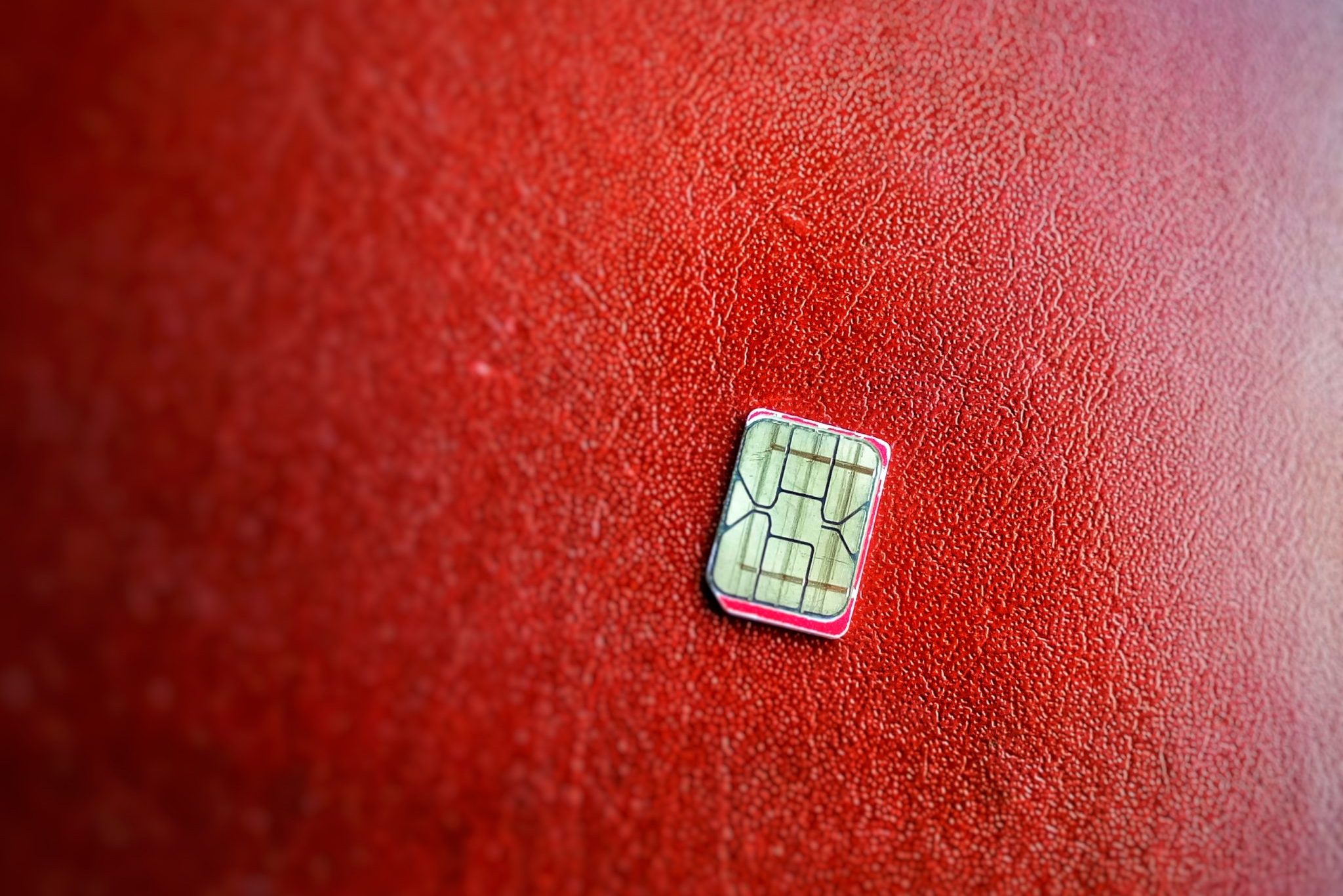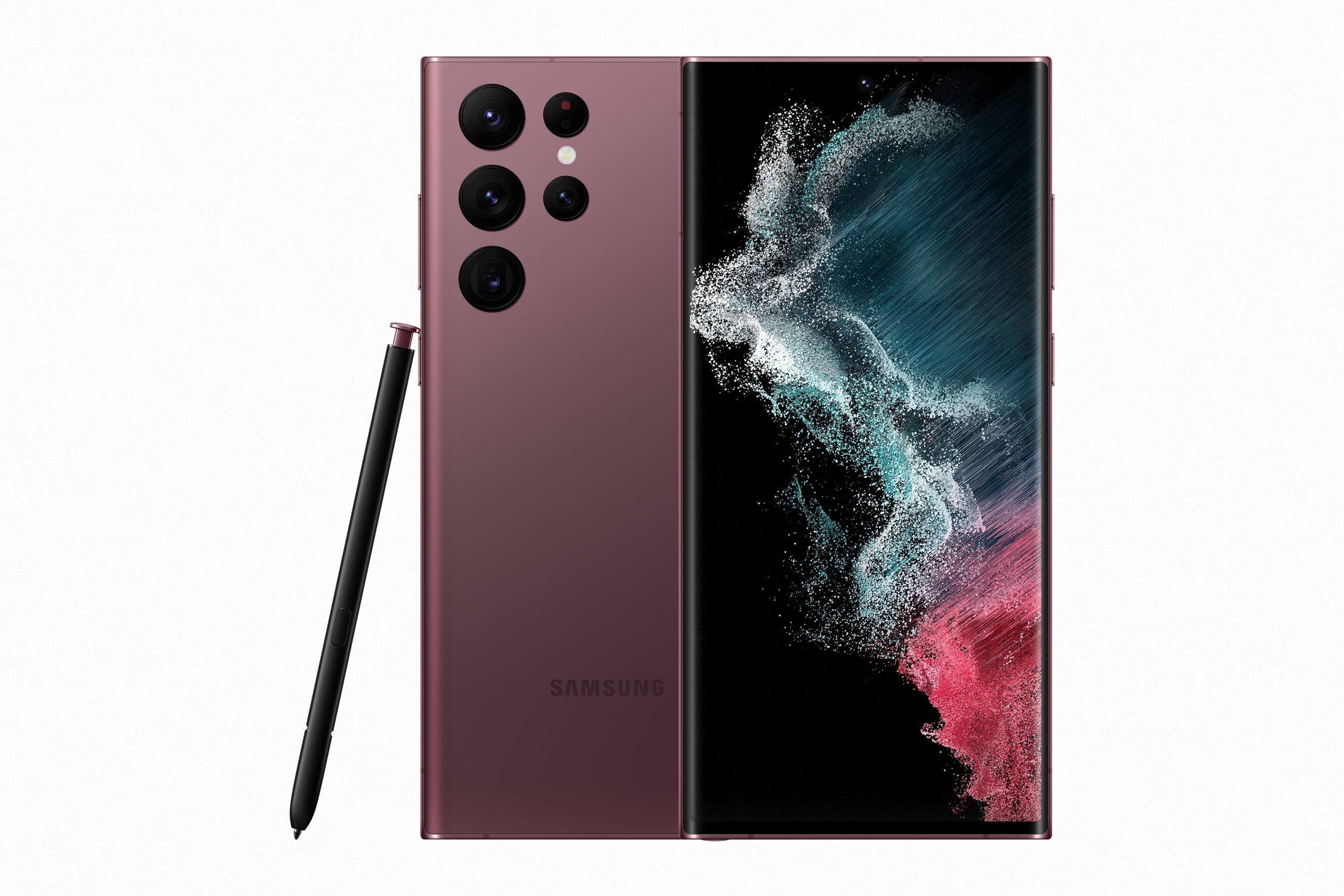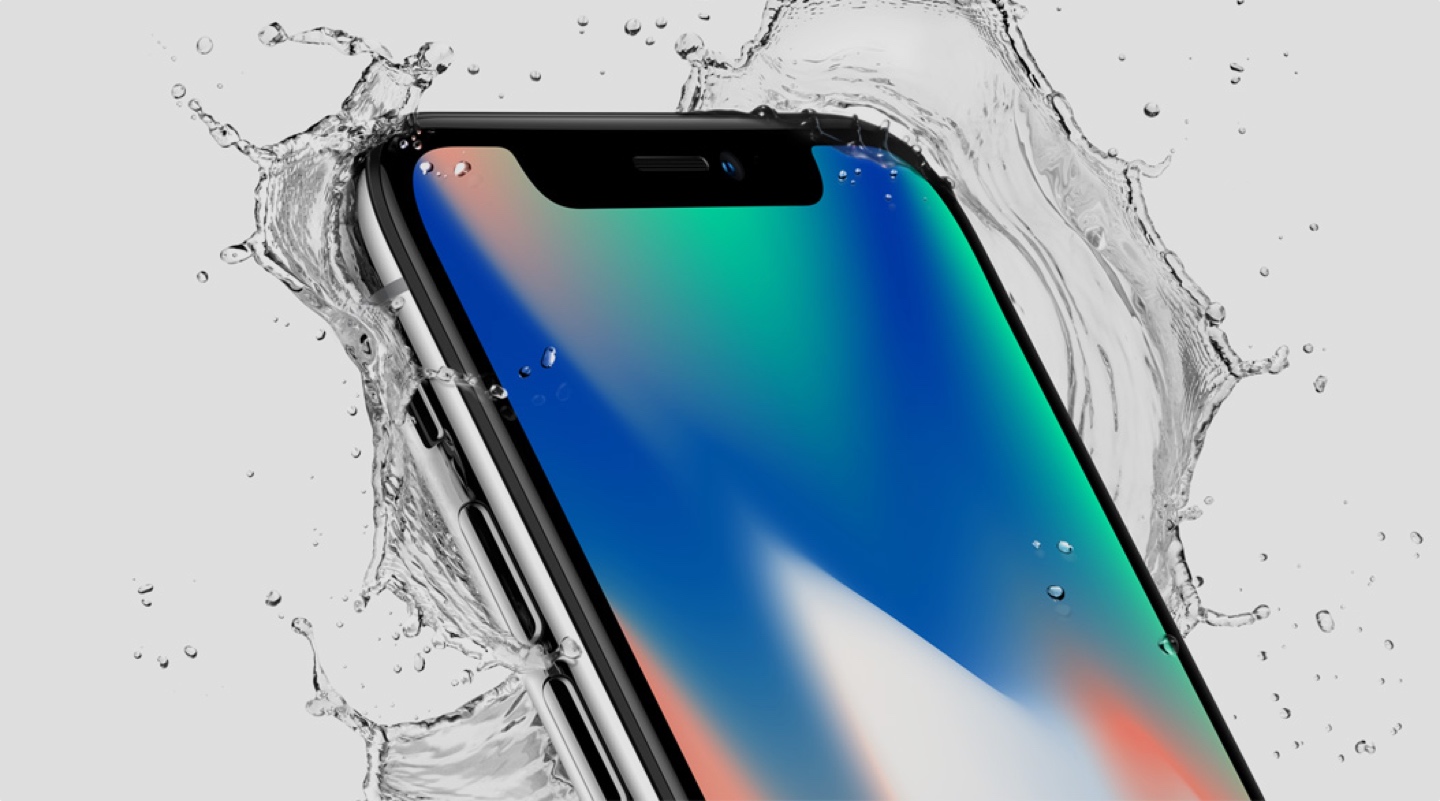
Long a feature of Samsung’s smartphone range, OLED is coming to iPhone. Discover the ins and outs of OLED displays before iPhone X ships this November…

Samsung users will no doubt be familiar with the clearer, more realistic display on offer with an OLED screen. It’s been a hallmark of devices made by the South Korean manufacturer since the first Galaxy launched back in 2009 (and now features in Google Pixel 2, the new Essential Phone, and a handful of others as well), but iPhone X marks the tech’s debut in Apple’s suite of smartphones.
So how do OLED screens differ from the LCD displays of old, and what will it mean for your smartphone? We’ve got all your questions covered. Read on to find out more…
LCD vs OLED – What’s the difference?
LCD screens (like those found on all other iPhones) are built over a backlight as large as the screen itself. This produces a constant white light that’s filtered through a rapidly-refreshing shutter, resulting in the images you see on screen.
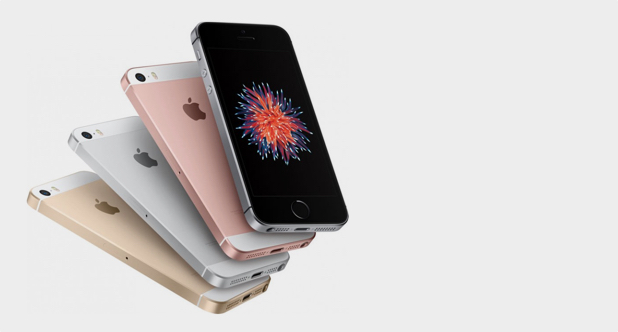
With OLED (Organic Light-Emitting Diode) displays, there’s no need for a backlight. Instead, light is produced by the pixels themselves, as a small amount of organic material fluoresces in response to electrical current.
What’s the advantage of OLED?
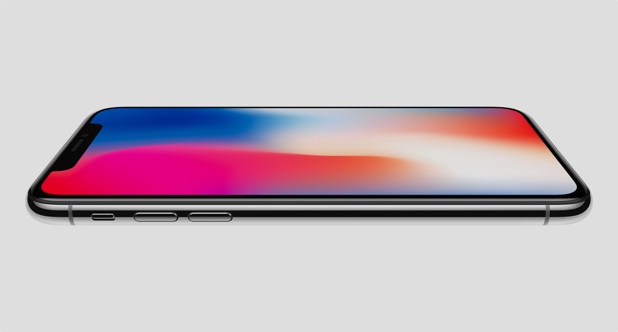
One of the most obvious benefits of OLED displays is greater energy efficiency due to the lack of a power-hungry backlight. This reduced energy consumption, which, coupled with the increased oomph provided by Apple’s new A11 Bionic processor, is great news for would-be iPhone X owners looking to power through all the latest AR-enabled apps and games.
Creating light within each and every pixel also enables light to be shut off completely or adjusted pixel-by-pixel rather than covered up by a shutter to create ‘true blacks’, increase colour accuracy and provide greater contrast for more vibrant images. In other words? If something on an OLED screen is meant to be black, it’ll be really, really black. This also allows for features like ‘always on’ displays (for showing the time, date and notifications) that don’t sap too much power.
Another advantage of OLED is more space. Without the need for a backlight, manufacturers can create thinner devices or make room for other innovative components.
Then, of course, there’s flexibility. Bezels are being dropped like hot potatoes as OLED enables curved displays for phones that appear to be ‘all-screen’. This is evident in iPhone X, with its 5.8-inch Super Retina screen.
Are there any drawbacks?
Despite just being adopted by Apple, OLED is not new tech. And the biggest challenge affecting early versions concerned the material used to produce blue light.
In the early days, blue light degraded at a much faster rate than other hues, disrupting the colour balance and reducing brightness. In fact, OLED displays are still thought to have a shorter lifespan than LCD, but this is no longer as significant as it once was thanks to advancements in the requisite tech.
Nowadays, the biggest concern for OLED is burn-in. This tends to occur when the same icon or image is left on the screen for a long time, leaving a faint impression on the display. However, according to information leaked before the launch of iPhone X, iOS 11 may include software capable of mitigating burn-in, so we could be past that too.
What’s next for smartphone displays?
The fact that Apple has waited this long to implement the technology, and initial impressions from those who’ve tried it, suggest we’re in for the best iPhone display yet. But we know innovation won’t stop with iPhone X. So what is coming next?
With the flexibility of OLED, screens capable of being folded out and rolled up may not be far away. In 2016 Lenovo unveiled its concept phone, the Cplus, designed to bend around a user’s wrist like the snap bands of old, while Samsung first showed off its curves back in 2011. However, the closest we’ve seen to date are a few phones with curved edges. Unfortunately, when it comes to completely flexible displays, it’s not just the screens that need to fold. There needs to be development in components too before flexi smartphones are the norm.
Regardless of what’s coming next, we know it’s looking bright and crystal clear.
Register your interest in iPhone X today and see the future for yourself!



